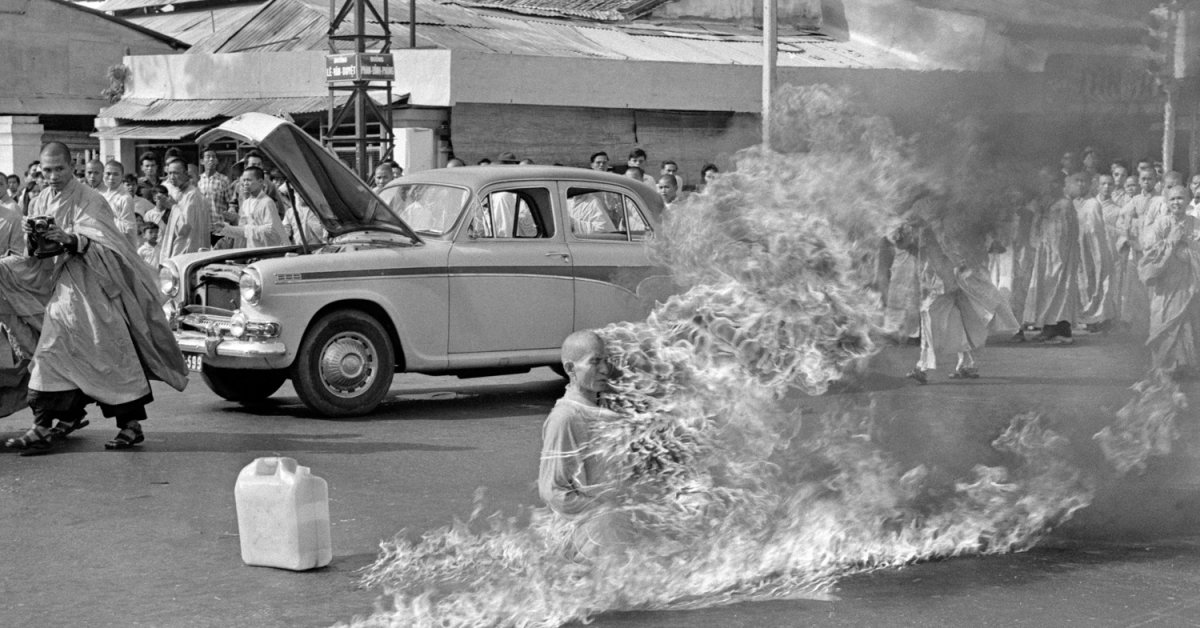The New York Times ran a piece on How Photography From the Vietnam War Changed America which ended 50 years ago around the time of writing this post.
It was before my time but despite being separated by vast distance, the images of Vietnam were hugely emotionally resonant and formative in my photographic education. Photographers like Don McCullin, Eddie Adams, Nick Ut (Huỳnh Công Út), Philip Jones Griffiths and Catherine Leroy created images which remain as powerful and remarkable as the first day I saw them.
The limits of empathy, compassion fatigue and the aestheticization or politicisation of the spectacle of suffering in media remain as themes, arguably more so thanks to media fragmentation and the near immediacy of the news cycle. But Vietnam was the first “living room war,” seen on TV and through remarkable photography.
Subjectivity of representation has always existed within conflict imagery - the inherent bias reflected in the photographer's choices, be they subject, composition, access, narrative but the nature of war has changed since the 1970's. Now generative AI poses a new challenge to authenticity that the Vietnam war never faced beyond our perception and trust of mainstream media. I hope initiatives like Content Credentials will contribute to addressing authenticity.
But in all this, it reminds me of the great conflict photographer James Nachtwey:
"I have been a witness, and these pictures are my testimony. The events I have recorded should not be forgotten and must not be repeated."
While images of suffering shape public memory, they appear unable to help humanity learn from the lessons of the past. I feel I need to reread Sontag's 'Regarding the Pain of Others' again.





